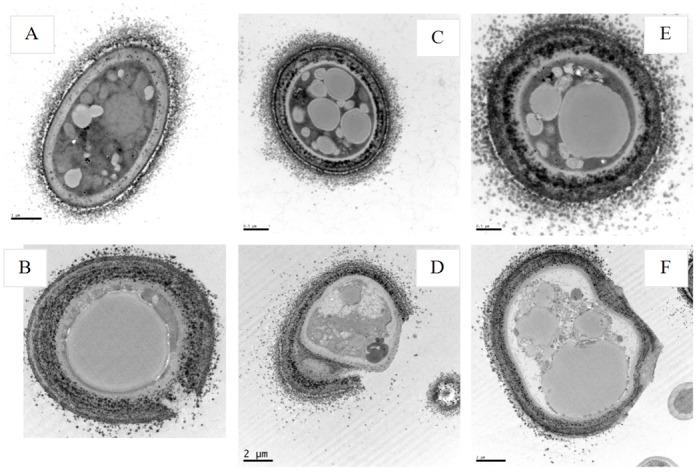Fig 8. TEM showing the effect of cecropins from P. xylostella on the spores of M. anisopliae.

A, C and E: CK (naive M. anisopliae spore); B, D and F: the spore of M. anisopliae interacted with Px-cec1, Px-cec2 and Px-cec3, respectively. The TEM images revealed that the cell membrane of the spore became wafery and the cellular cytoplasmic contents were dissolved and became vague (B, D and F). The entire cell membrane was disrupted, causing the cellular cytoplasmic contents to leak out after interaction with Px-cec1 and Px-cec2 (B and D), the untreated spore (A, C and E) had a bright and normal smooth surface and the cellular cytoplasmic content was clear.
